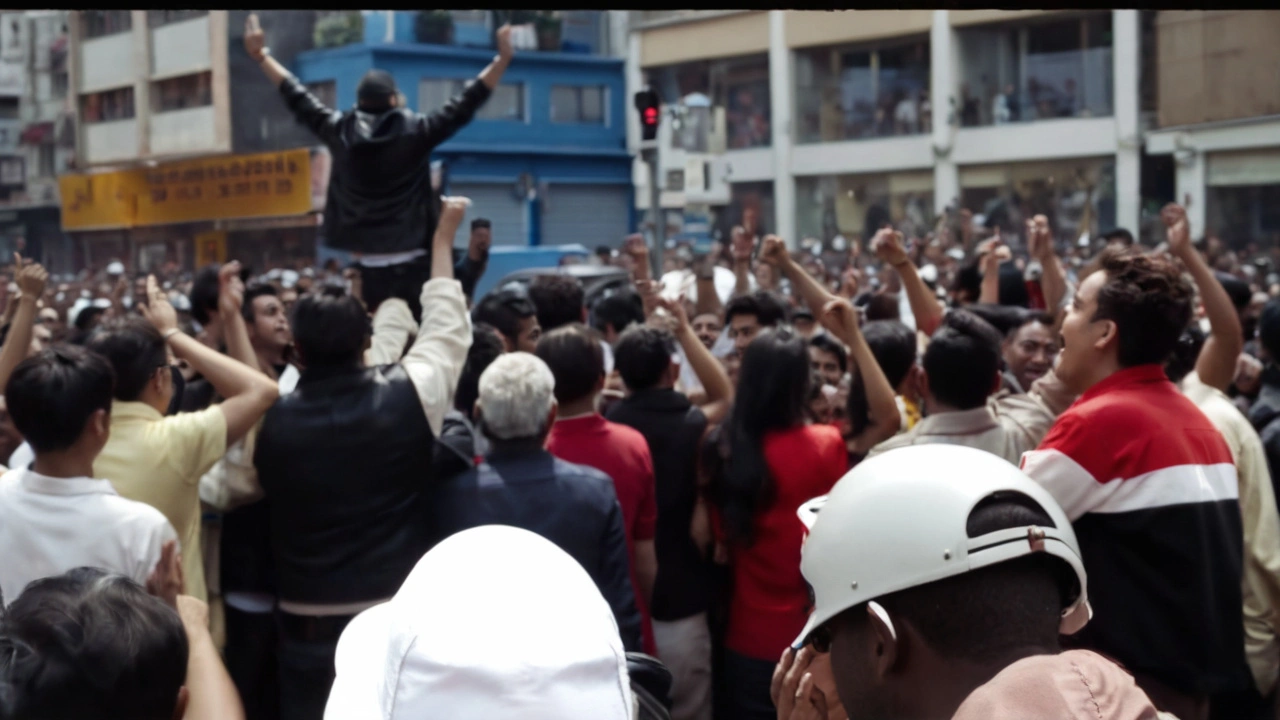Misleading Video Claims Crowd Heckled President Ruto During Bomet Visit

Misleading Video Claims Crowd Heckled President Ruto During Bomet Visit
A misleading video circulating on various social media platforms purports to show a crowd heckling President Ruto during what is claimed to be a visit to Bomet town. This video has sparked a whirlwind of assumptions and opinions, yet a detailed fact-check reveals it to be a manipulative edit aimed at misrepresenting President Ruto’s recent activities in Bomet County.
The truth of the matter is that President Ruto was indeed in Bomet County, but his itinerary included attending a church service in Sotik, rather than stopping over in Bomet town. This crucial detail was conveniently omitted or twisted in the misleading video that has since gone viral. By piecing together different audiovisual elements, the creators of this deceptive footage have successfully stirred confusion and spread misinformation among viewers.
President William Ruto's visit to Sotik was part of his broader initiative to engage with local communities and participate in grassroots religious events. The church service in Sotik was an important engagement for President Ruto, who has often emphasized the role of faith and community in national development. Coverage of his church visit has shown friendly interactions and a largely positive atmosphere, which starkly contrasts with the narrative being pushed by the edited video.
The manipulated video forms part of a growing trend of misinformation campaigns that aim to alter public perception through doctored media. Such tactics involve taking real footage out of context, splicing portions of different events, or adding misleading audio tracks to create a false narrative. In this particular instance, snippets of President Ruto's arrival and interaction with crowds were paired with unrelated audio of a raucous crowd to fabricate an incident that never happened.
Analyzing the Impact of Misinformation
Misinformation, particularly in the form of doctored videos, has potent ramifications. For leaders and public figures like President Ruto, such false portrayals can undermine public trust and disrupt their communication strategies. This tactic is often used to provoke public unrest or sway political opinions by presenting manipulated images and sounds as realities. It taints the real narrative, which can sometimes have long-lasting repercussions.
In Bomet County, the edited video prompted various reactions from local citizens and political analysts alike. While some expressed disappointment based on their belief in the video's authenticity, others called for a closer inspection, highlighting the need for a critical approach to consuming online content. This incident underscores the need for rigorous fact-checking and vigilance among social media users, to not fall prey to misleading information.
The Role of Fact-Checking in Modern Media
Fact-checking organizations have become an essential part of the media landscape. These bodies work tirelessly to verify claims, debunk false stories, and provide audiences with accurate information. In the case of President Ruto’s visit, fact-checkers scrutinized several aspects of the video, including the background sounds, location markers, and timestamps, to conclude that the video in question was indeed manipulated.
Their meticulous work serves as a bulwark against the tide of misinformation, reinforcing the importance of critical thinking and responsible sharing. Systems of accountability for those perpetrating such falsehoods could also be a stepping stone towards reducing the spread of such pernicious content. Social media platforms, too, play a pivotal role in curbing these false narratives by employing algorithms and user-reporting mechanisms to detect and remove misleading content.
Conclusion
The episode surrounding the edited video of President Ruto’s supposed heckling in Bomet town serves as a reminder of the ever-present threat of misinformation. It is a call to action for individuals to seek out verified facts before accepting or sharing content encountered online. In a digital age where the line between fact and fiction can be easily blurred, maintaining a healthy skepticism and relying on credible sources of information is more important than ever.
Misinformation has a reach that can disrupt public order and influence political landscapes in unpredictable ways. As consumers of media, it is incumbent upon us to engage with content responsibly. For journalists, the situation serves as a poignant reminder of our role in upholding the integrity of information. To navigate the complexities of today’s media environment, we must tirelessly advocate for truth and accuracy in every piece of news we deliver.